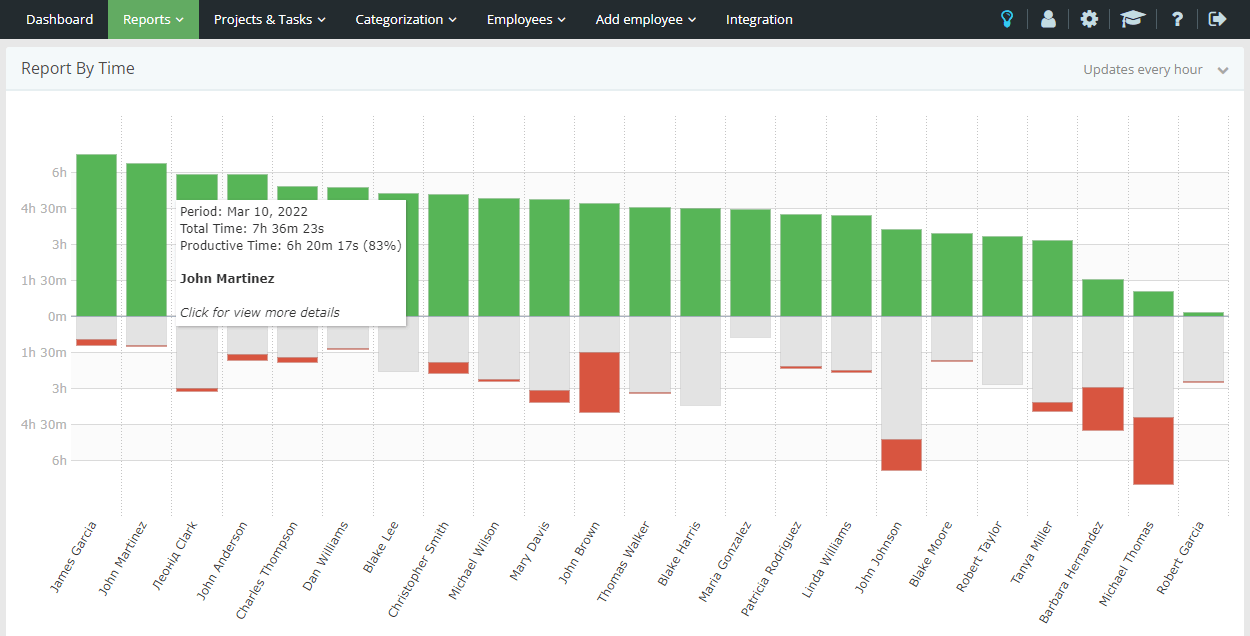Understanding the Cost of Time Losses for CEOs
CEOs are at the helm of decision-making and strategic planning in organizations. Every minute wasted translates into lost opportunities and potential revenue. Time losses for CEOs are not just about unproductive meetings or inefficient scheduling; they have direct financial implications for the business. According to a study by Harvard Business Review, CEOs spend nearly 72% of their time in meetings, yet only a fraction of this time contributes to strategic growth.
The Real Business Impact of Time Inefficiency
Time inefficiency among CEOs can result in delayed projects, missed business opportunities, and even reduced employee morale. When top executives struggle with time management, it often trickles down, affecting the entire organization. For example, ineffective leadership meetings may lead to unclear directives for middle management, causing operational inefficiencies.
Financial Consequences of Time Losses
A CEO’s time is extremely valuable. Based on an analysis by McKinsey, companies led by time-efficient CEOs experience up to 20% higher productivity, which directly contributes to profitability. On the contrary, companies with poor CEO time management may see substantial financial losses due to misaligned priorities and missed opportunities.
Key Challenges Contributing to Time Losses
Before identifying solutions, it is crucial to understand the root causes of time losses for CEOs. These challenges can vary from external demands to internal management inefficiencies.
Common Time-Wasters for CEOs
- Inefficient Meetings: Meetings without a clear agenda or objective can consume valuable executive time.
- Micromanagement: Focusing too much on operational tasks instead of strategic initiatives.
- Poor Delegation: When CEOs fail to delegate tasks, they often get bogged down in routine activities.
- External Distractions: Unnecessary calls, emails, and interruptions can break focus and reduce productivity.
Companies that address these challenges effectively report improved CEO productivity and a better strategic focus.
Proven Strategies to Reduce Time Losses
To combat time inefficiency, CEOs need tailored strategies that align with their organizational goals.
Prioritize Strategic Planning
Time management starts with prioritization. CEOs should allocate dedicated time for strategic thinking, minimizing interruptions. A study by Forbes revealed that CEOs who spend at least 20% of their time on strategy outperform their peers in revenue growth.
Implement Efficient Meeting Practices
- Set Clear Agendas: Each meeting should have a defined purpose and expected outcomes.
- Limit Meeting Time: Shorter, focused meetings lead to better engagement and productivity.
- Utilize Technology: Video conferencing and collaborative tools can save travel time and enhance efficiency.
Effective Delegation Techniques
By empowering senior leaders and delegating operational tasks, CEOs can focus on higher-level priorities. Delegation not only frees up the CEO’s schedule but also fosters leadership development within the team.
The Role of a Time Tracker in CEO Productivity
Time tracking tools like Yaware.TimeTracker can significantly boost CEO productivity by providing clear insights into where time is spent.

These tools help in identifying time-wasting activities, streamlining task management, and ensuring that time is allocated to high-impact initiatives. By leveraging a time tracker, CEOs can maintain a strategic focus, enhance team management, and ultimately drive business growth.
Expected Outcomes of Time Management Improvements
Implementing time management strategies offers tangible benefits:
- Increased Revenue: Efficient use of CEO time directly correlates with business growth.
- Improved Team Performance: Clear directives lead to better execution by teams.
- Enhanced Strategic Focus: More time for strategic initiatives drives long-term success.
- Greater Work-Life Balance: Efficient scheduling reduces stress and improves decision-making.
By adopting these practices, organizations can maximize their leadership’s impact and maintain a competitive edge in the market.
Maximizing CEO Productivity
Time is a critical asset for CEOs, and its effective management is key to organizational success. By identifying time-wasting pitfalls and implementing structured strategies, businesses can enhance leadership efficiency, drive profitability, and foster a culture of productivity throughout the company.

